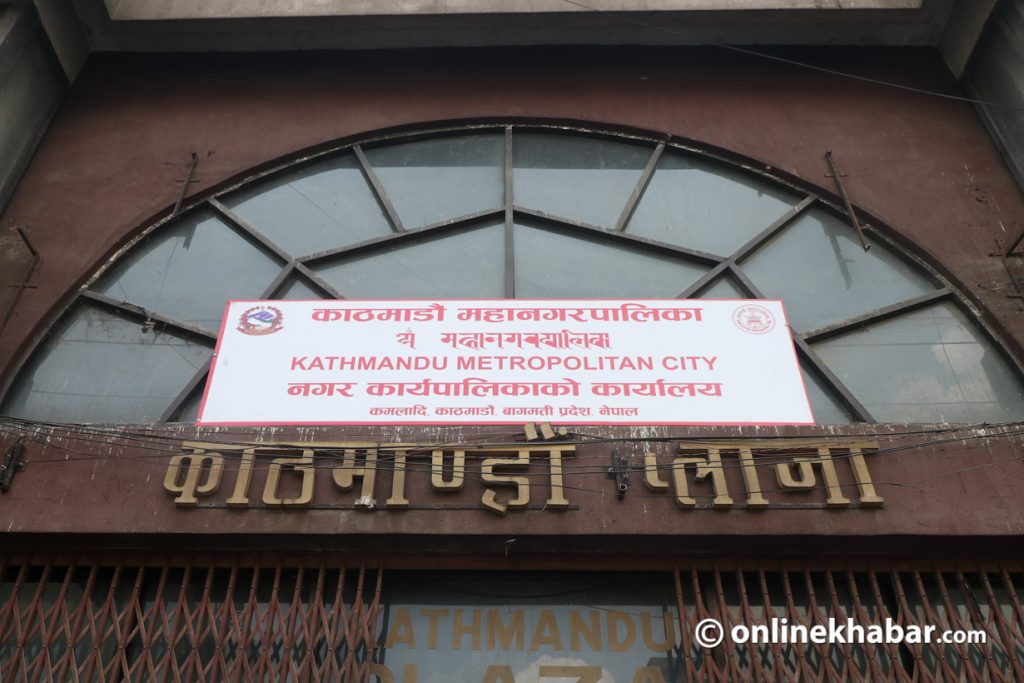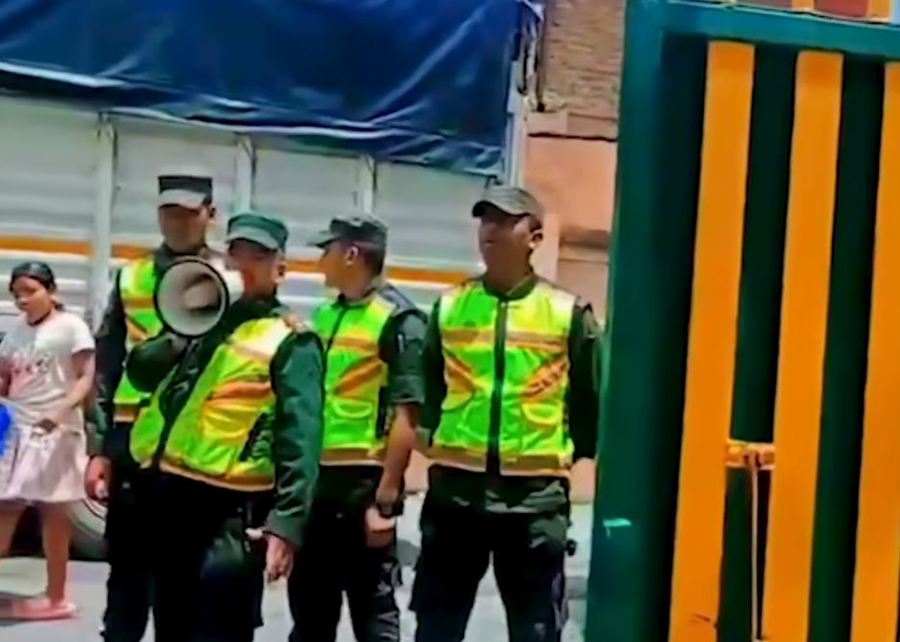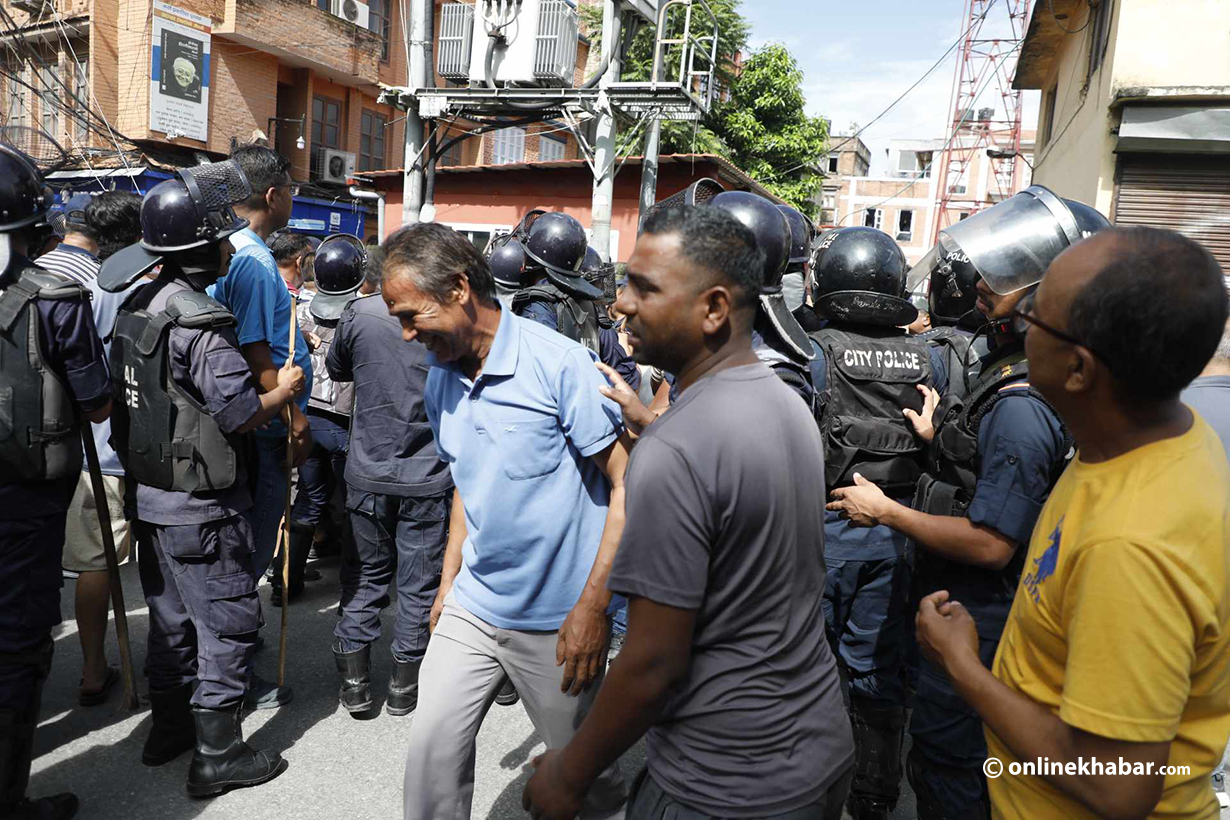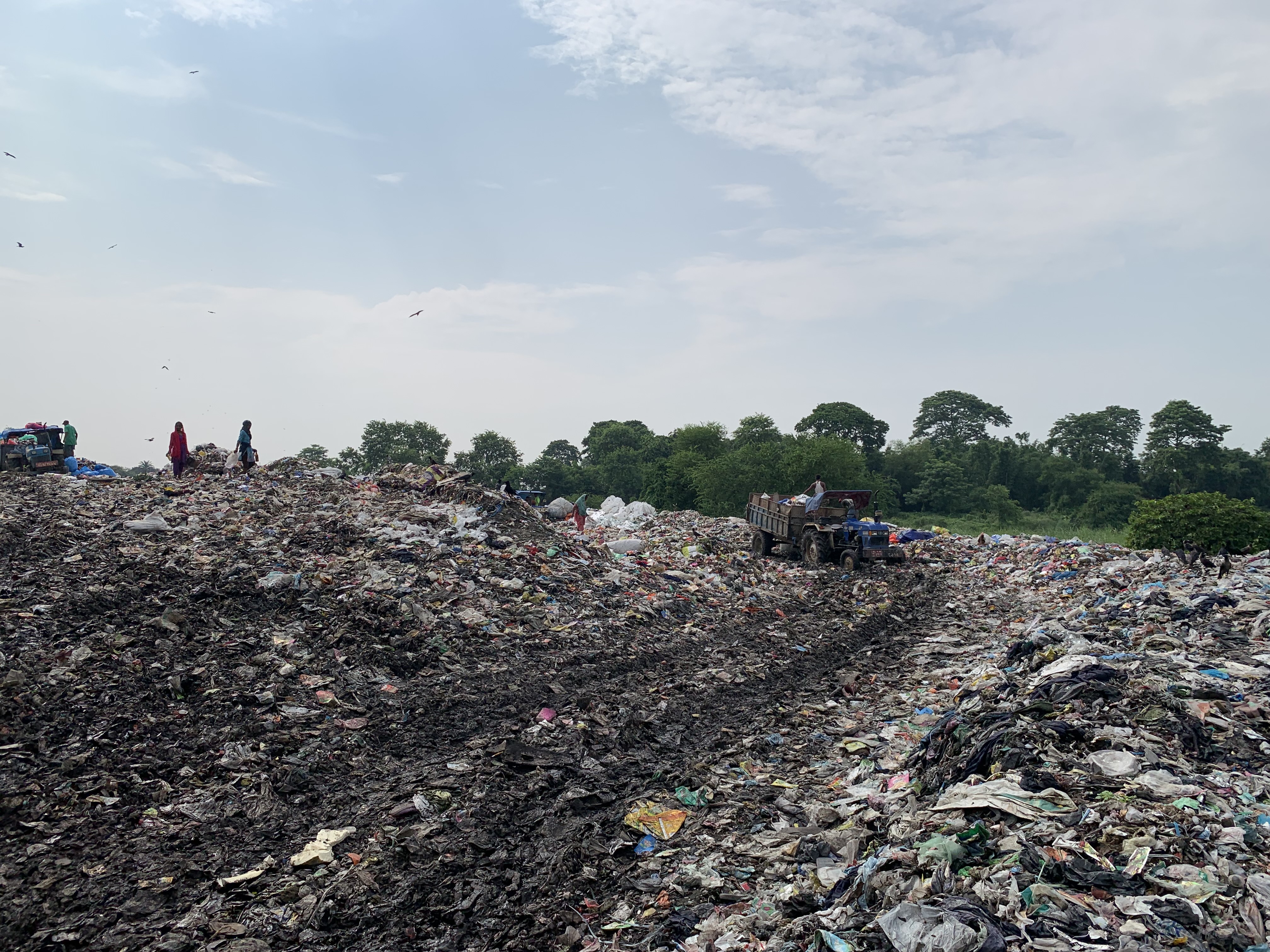
Biratnagar metropolitan city, one of Nepal’s major growing urban centres after Kathmandu, is currently grappling with significant challenges in waste management.
The presence of an unregulated dumping site exacerbates the city’s existing challenges. This issue poses a severe threat to the city’s environment, public health, and overall well-being of its residents. Rapid urbanisation and population growth have increased solid waste generation in Biratnagar. Unfortunately, the city’s infrastructure and waste management systems have struggled to keep pace with this escalating demand.
As a result, solid waste management has become a pressing concern, leading to the proliferation of unmanaged dumpsites across the city. It’s high time that Biratnagar learns from Kathmandu metropolitan city and should put some strong effort to minimise waste-related problems.
Current scenario
Despite being a metropolitan city, Biratnagar continues to rely on the harmful practice of open dumping for waste disposal. The waste is dumped on the banks of the Keshaliya river, located approximately 200 meters north of the Keshaliya bridge in ward 6 of Biratnagar metropolitan city. This approach is not only environmentally harmful but also contributes to the degradation of the surrounding area.
The average waste generation back in 2011 was around 50 tons a day but recently the data suggests waste generation has gone up to 120 tons a day in the dry season and 130 tons a day in the wet season.
Despite the increasing daily waste generation in the metropolis, the authorities continue to utilise the outdated Keshaliya dumping site without implementing proper waste management practices, This is causing problems for the settlement and environment.
The lack of waste segregation, inadequate collection systems, large dumping area and limited recycling facilities have exacerbated the situation, resulting in environmental degradation and health hazards for the local population.
Biratnagar has been provided various assistance for decades from Asian Development Bank (ADB) in dealing with waste management. The assistance started in 2010 from the Secondary Towns Integrated Urban Environmental Improvement Project (STIUEIP), which was highly focused on the improvement of sewage lines and stormwater drainage systems.
The STIUEIP project ended in 2017 and Regional Urban Development Project (RUDP) was introduced in order to assist the work completed in STIUEIP. The RUDP objective was to implement an urban environmental improvement programme, on an integrated basis, in the areas including sewerage/ drainage, solid wastes and urban roads and lanes.
Despite receiving significant assistance over the course of several decades, the metropolis has little to show for it. Most interestingly, a joint report— Revised City Sanitation Plan—was published by Biratnagar metropolitan city, RUDP and Project Implementation Unit (PIU) where point 5.3 showed almost 50 Km of roadside drains were constructed along the north-south and east-west of the arterial road in the city core area and several nearby streets.
However, drains were found to be constructed on an ad-hoc basis, without taking into account the topographical slopes and do not have adequate outlets. Consequently, they are not functioning as intended and have resulted in disappointment.
Threat to public health and environment
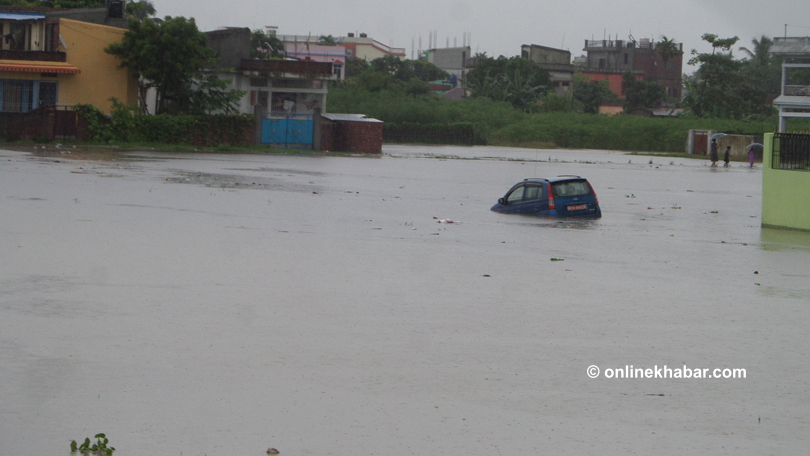
The situation of waste management has been a critical problem in the metropolis. Things get worse when the city receives a large amount of rainfall as the drain are not constructed as per the topographical slope. As these do not have a proper outlet, the city often sees a lot of flooding.
Moreover, during flood, the dumping site near the Keshaliya river sweep away the garbage to the residential area causing a threat to public health and the environment.
Mostly, the monsoon in Nepal starts in June and last till September. Biratnagar, situated in the Terai region of Nepal, relies on monsoon rain as a crucial component for farmers’ cultivation. If climate change alters the intensity and duration of rainfall in the region, there could be a potential threat to public health and the environment.
The Local Disaster and Climate Resilience Plan, 2019 shows that out of the 19 wards in Biratnagar, 13 were affected by floods in the past. Flood in Biratnagar is primarily caused due its location between two rivers, the Singhiya and the Keshaliya.
Hence, the flood that may be caused due to high-intensity rainfall in rivers and due to drains constructed on an ad-hoc basis with no account of topographical slope and outlet may sweep away the solid waste along with waste sewage water, which can cause another health disaster along with the displacement of thousands of people.
Better be safe than sorry
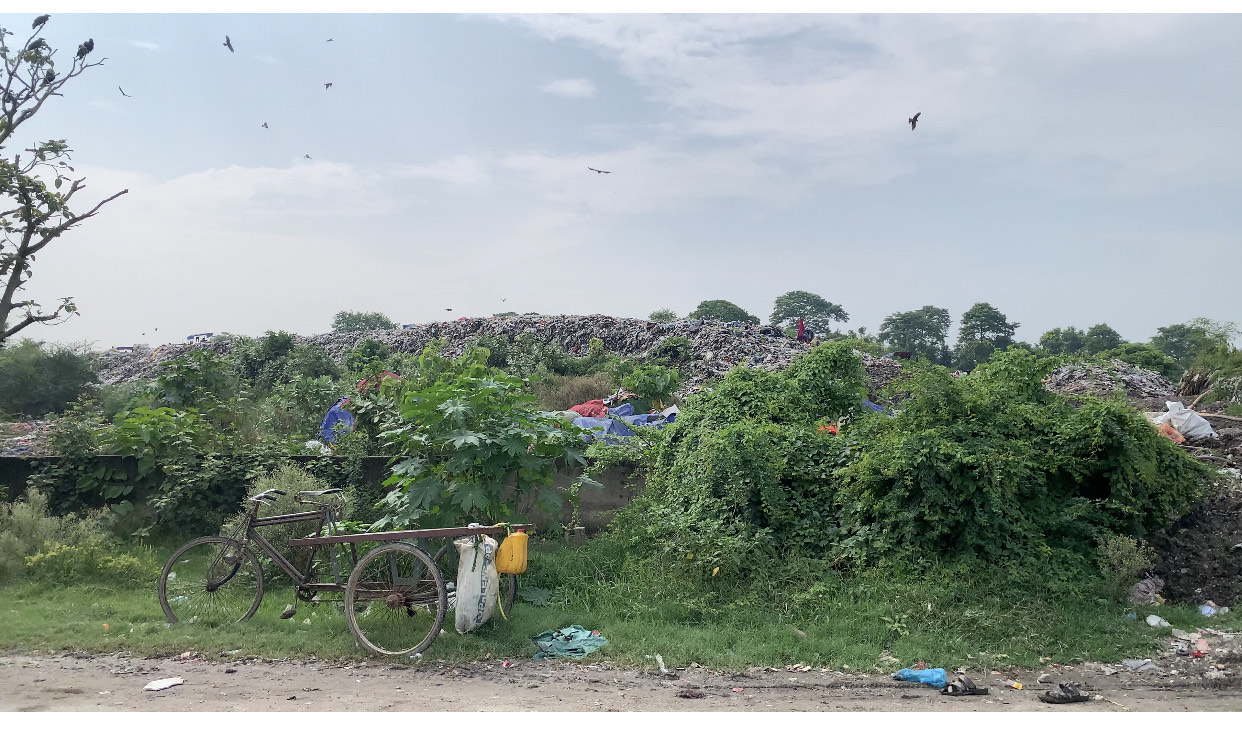
The city should highly focus on pre-disaster (mitigation) response and well-equipped disaster preparedness that can easily operate during an emergency rather than the post-disaster response. If not taken into account, it could be a disaster in post-disaster response in controlling the health, shelter and food problems of the survivor.
The metropolis should focus on developing mechanisms such as a community disaster management committee in each ward, which generally involves the locals who have received disaster risk management training. Also, the city must check and verify the embankments, if they are all okay in the prone areas in order to stop the unpredicted disaster.
In conclusion, Biratnagar metropolitan city is confronting the challenges of monsoon floods, which further may combine with unmanaged waste causing a serious issue for public health, shelter and the environment.
Hence in Biratnagar, it requires an efficient disaster response mechanism including smart and early warning systems, safe shelter provisions and the adoption of pre-disaster and post-disaster action plans. Further in future, it should implement comprehensive waste management strategies, and emergency disaster assistance strategies, invest in infrastructure, and foster public participation, the city can pave the way for a safer, healthier and more sustainable future.




